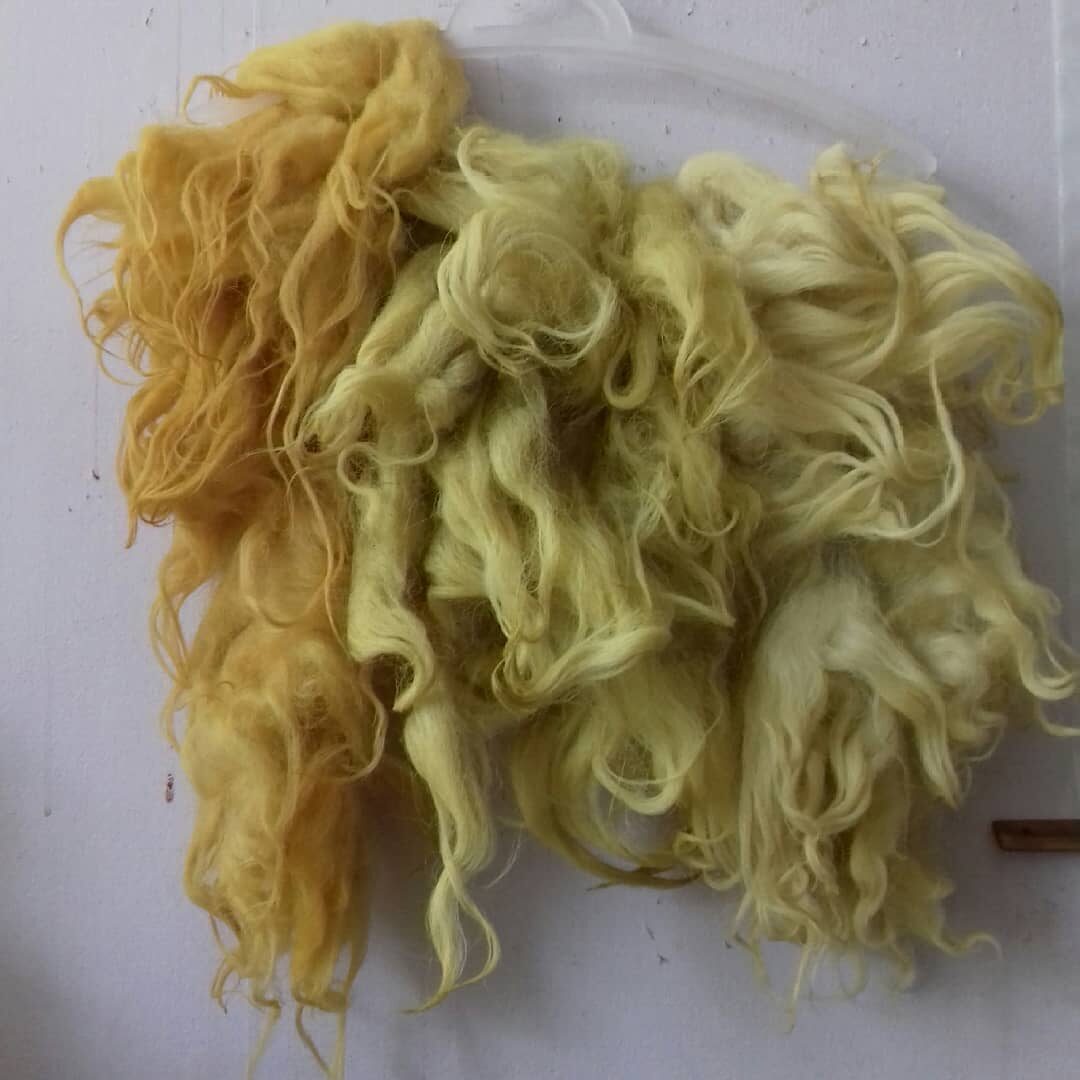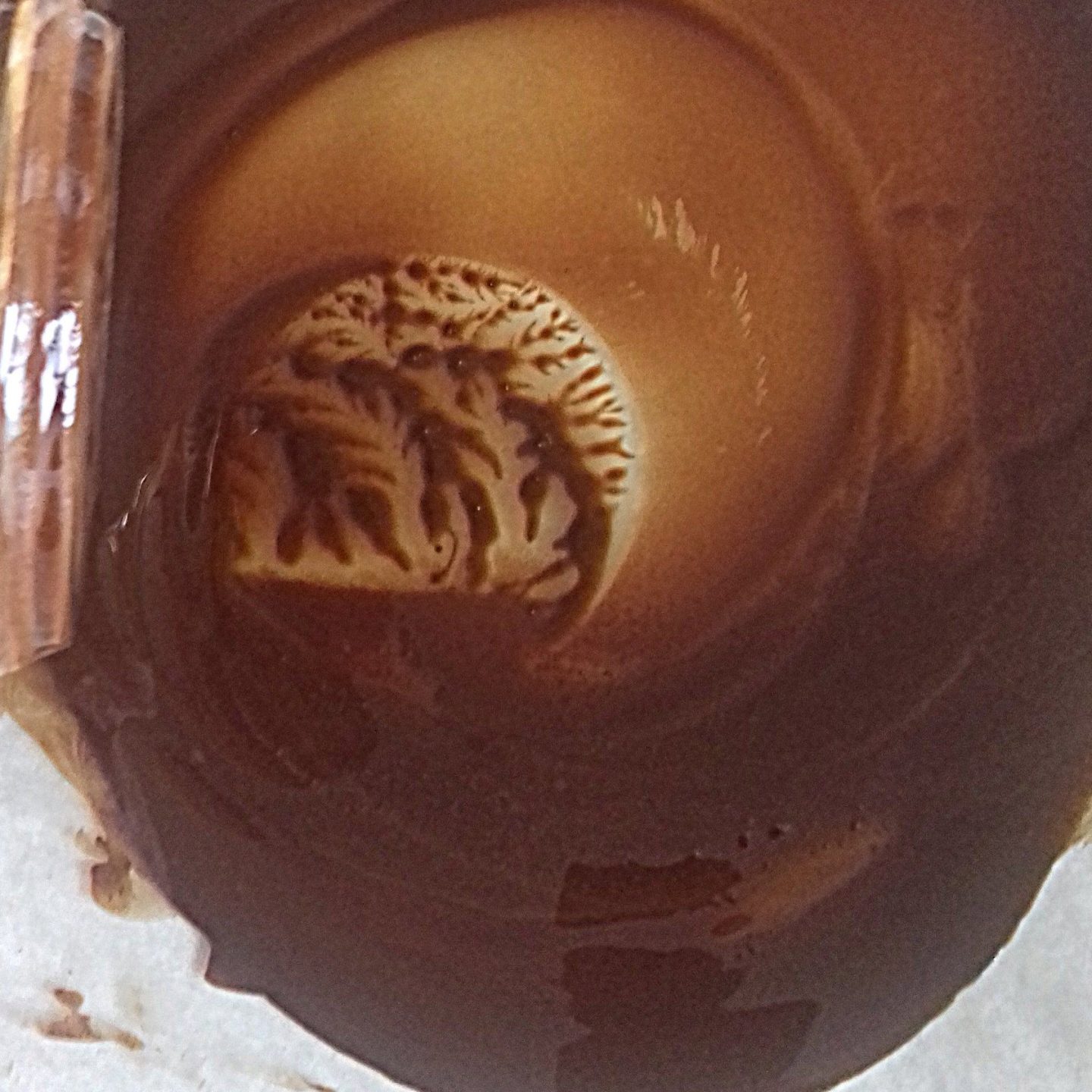I have been making watercolors. That is, I picked dyeplants from the garden and in the wild and dyed wool with them, and found out I could turn the used dyebaths into a pigment. I have gathered rock, brick and sand and turned them into pigments as well. And with these pigments I made watercolorpaint or aquarel.
The colors that are achieved from natural resources differ from the synthetic colors that we are now used to. The latter are onedimensional, consisting of one coloring element. As opposed to natural colors that are complex with various coloring elements or molecules in the pigment. It makes them more interesting and I think more beautiful. Some of them are more fugitive but that is the same with life. I love it that people nowadays remember and revive the knowledge to make these colors and therefore they are still existing. Because they were used since ancient times, I like to believe these colors resonate with something hidden inside us, a memory that is “in the genes¨. One easily becomes addicted to making paint, it is so much fun. And like with food, I like it that I know what it is made of.
I have not taken pictures consequently nor am I an expert, so this is not a tutorial. I just want to share some of my process and results. If you scroll down, there are some resources where you can find out more about this subject.
A lakepigment starts with a dyebath from plants or insects. You can very well work with a used dyebath. Hence some pictures of the wool I have dyed, before making the pigment with the same dyebath.. Several steps follow to make the lakepigment from the dyebath. The pigment will precipitate. Then you can filter and dry it, or keep it as a paste.
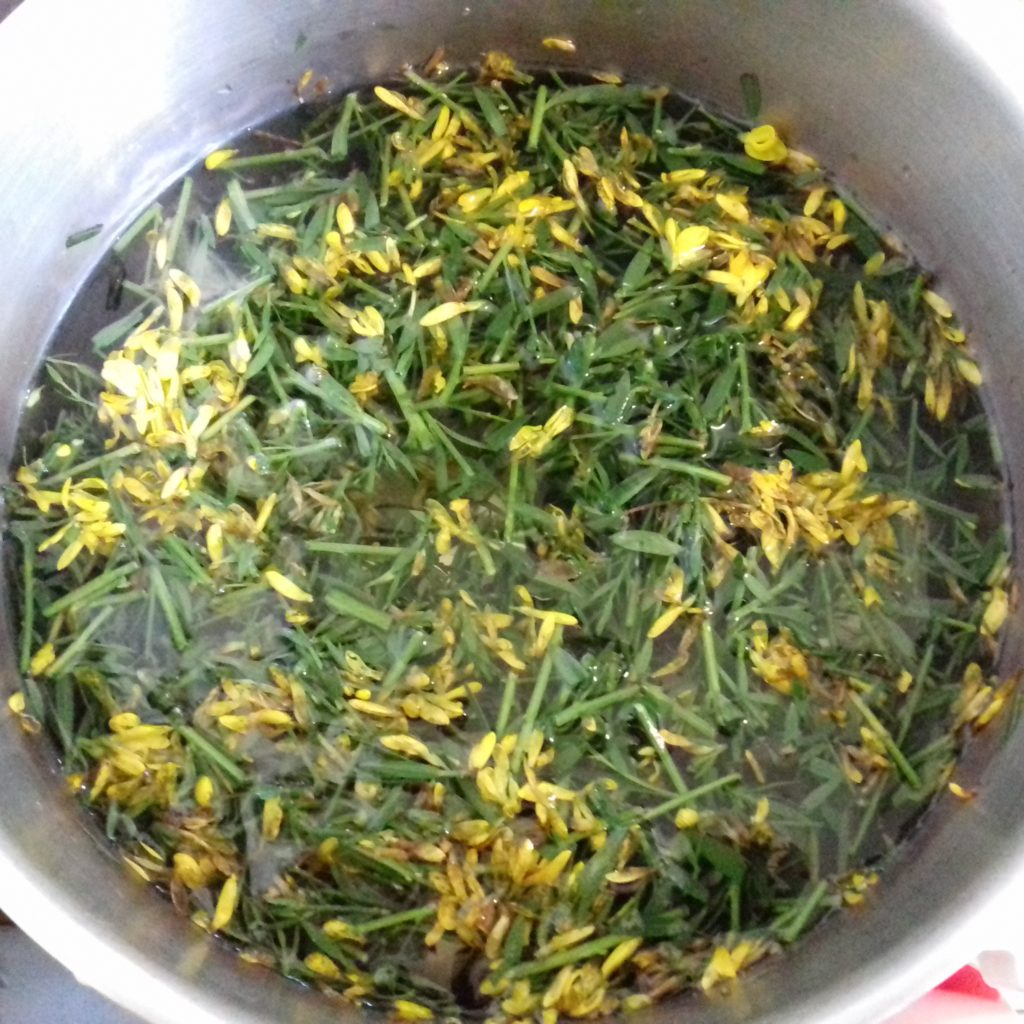
dyebath dyer´s greenweed-genista tinctoria 
dyebath weld/onionskin-reseda luteola/allium cepa 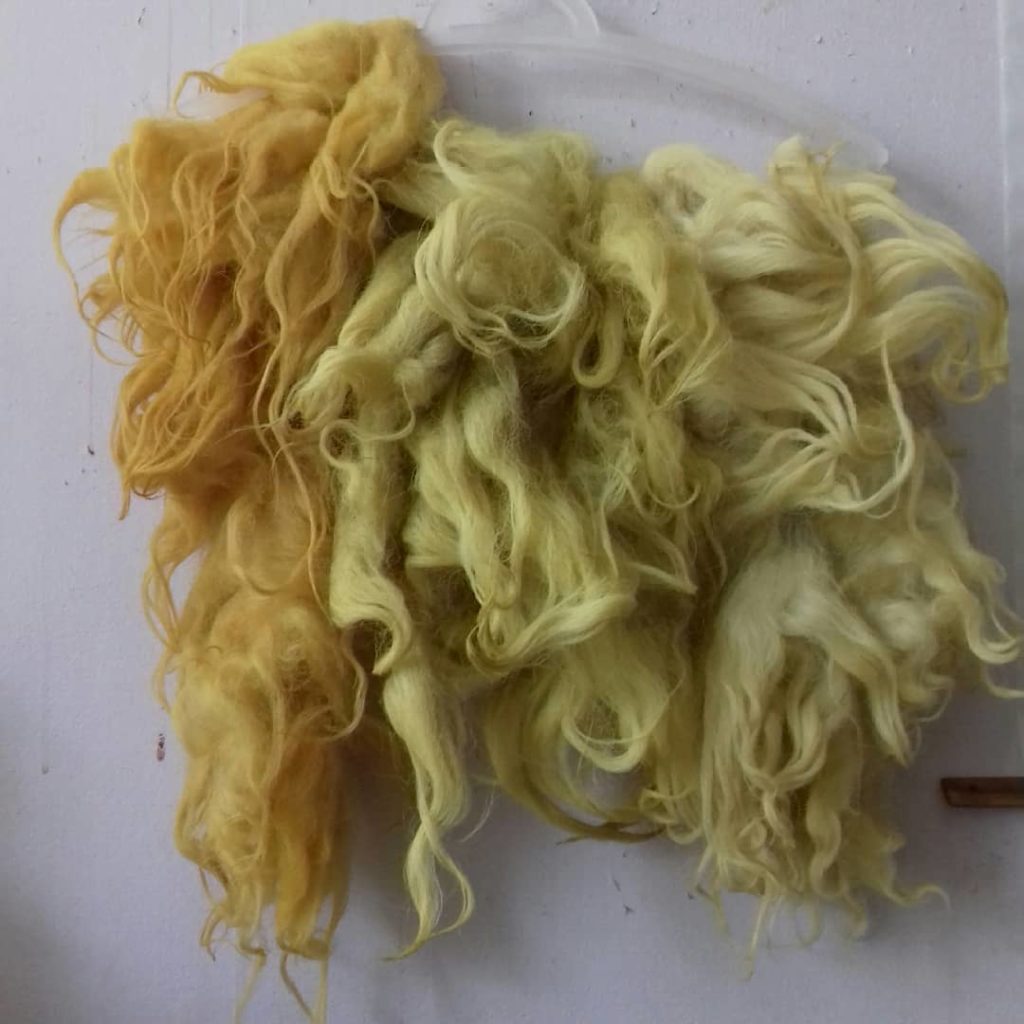
wool dyed with weld/onionskins and dyer´s greenweed 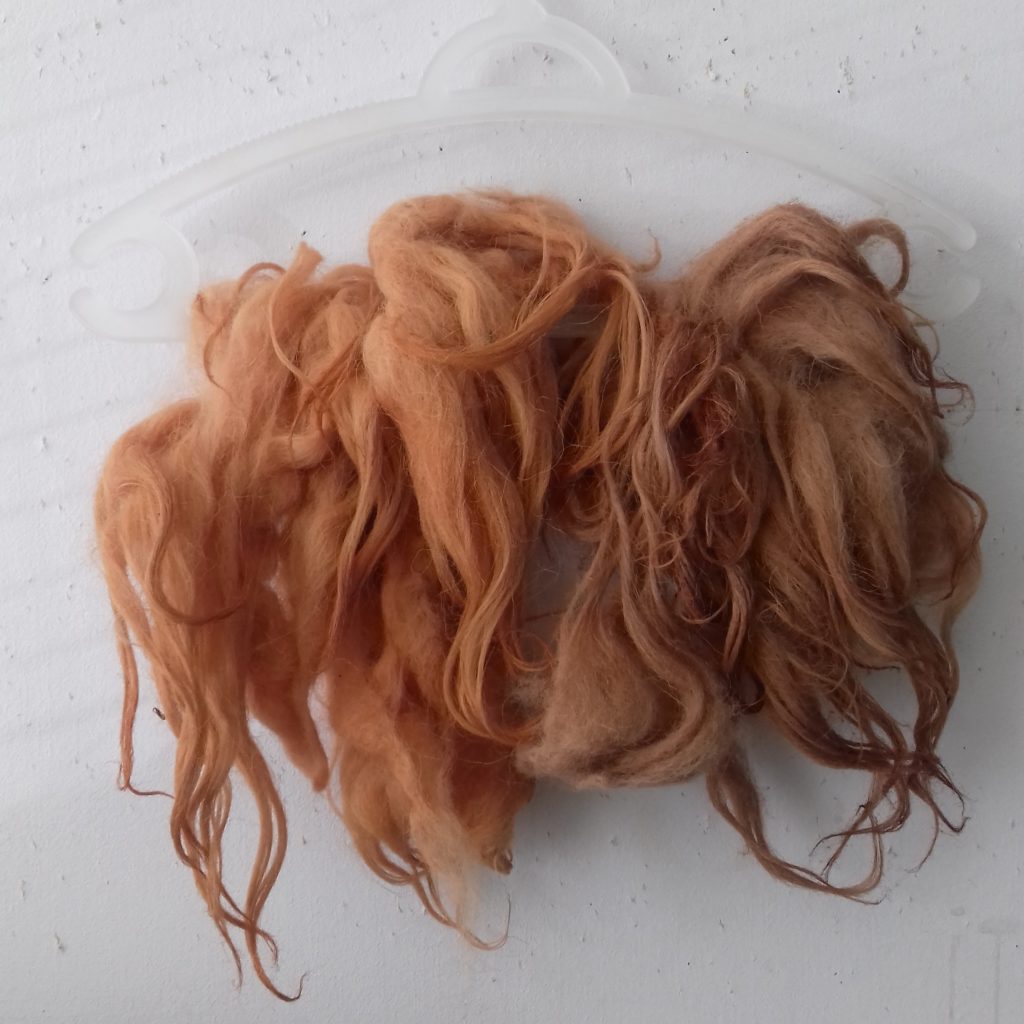
wool dyed with hawthorn-crataegus monogyna 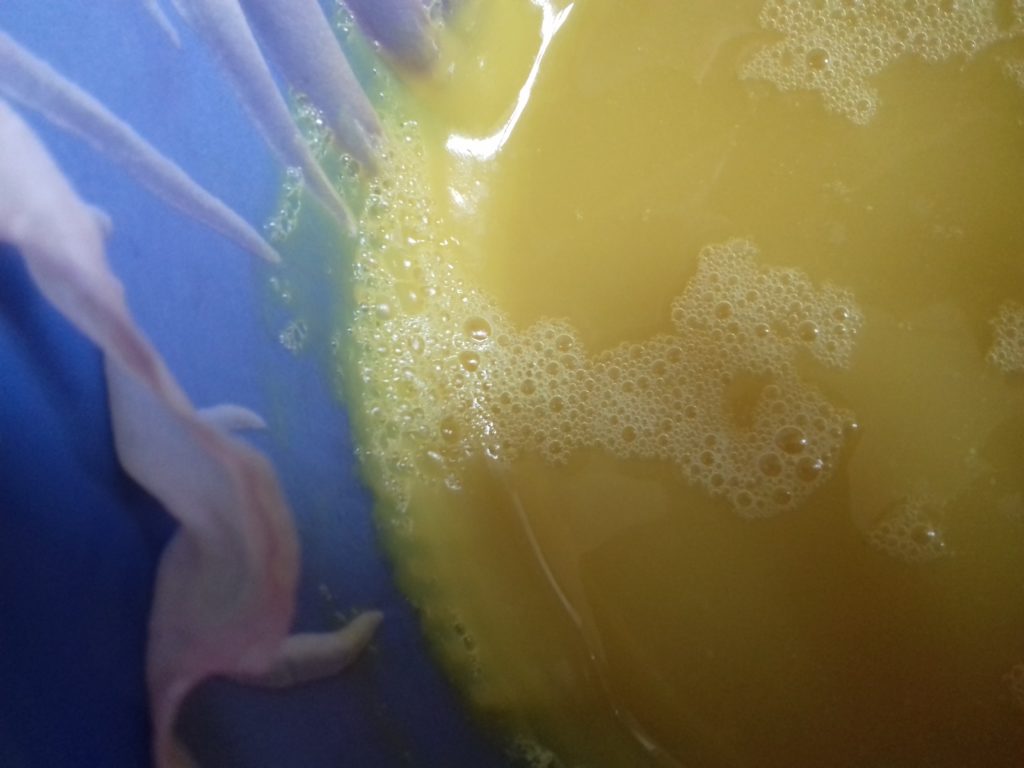
filtering the lake 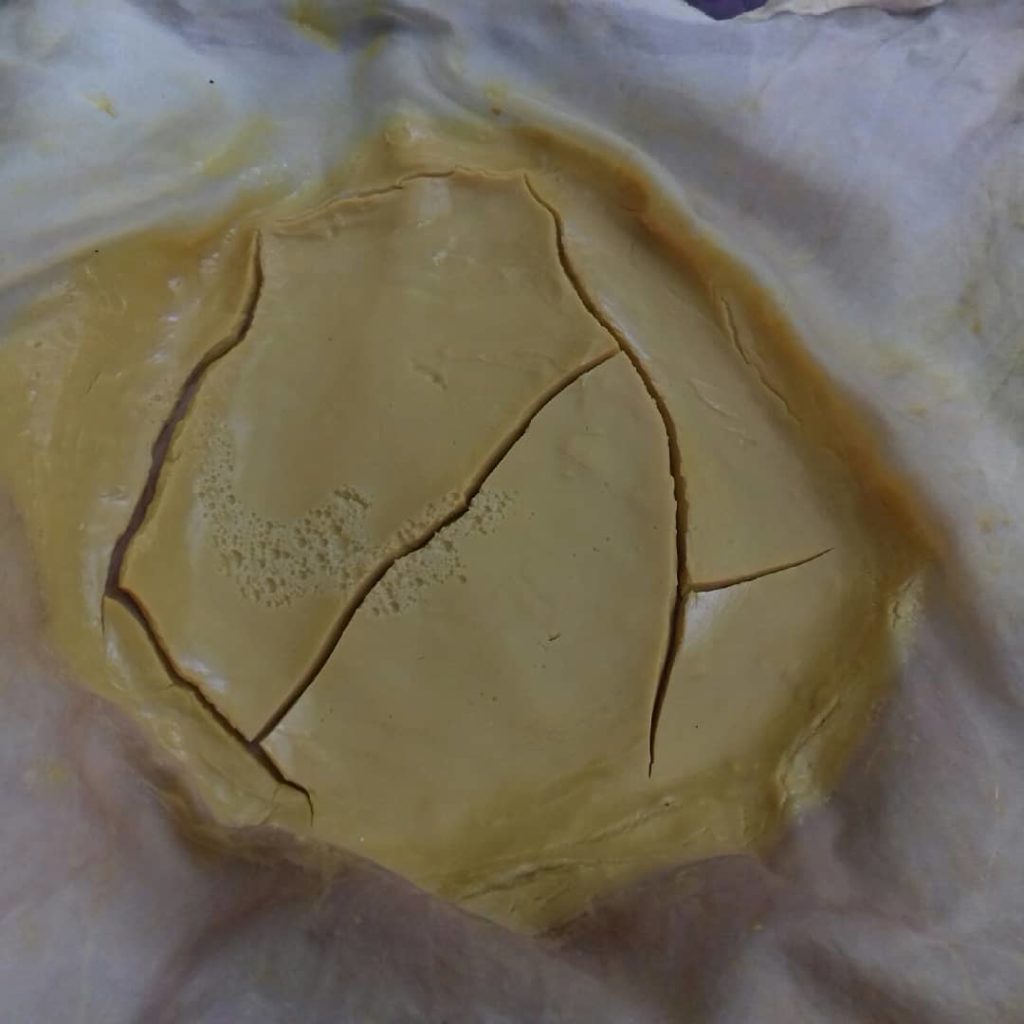
drying lakepigment, here still a paste 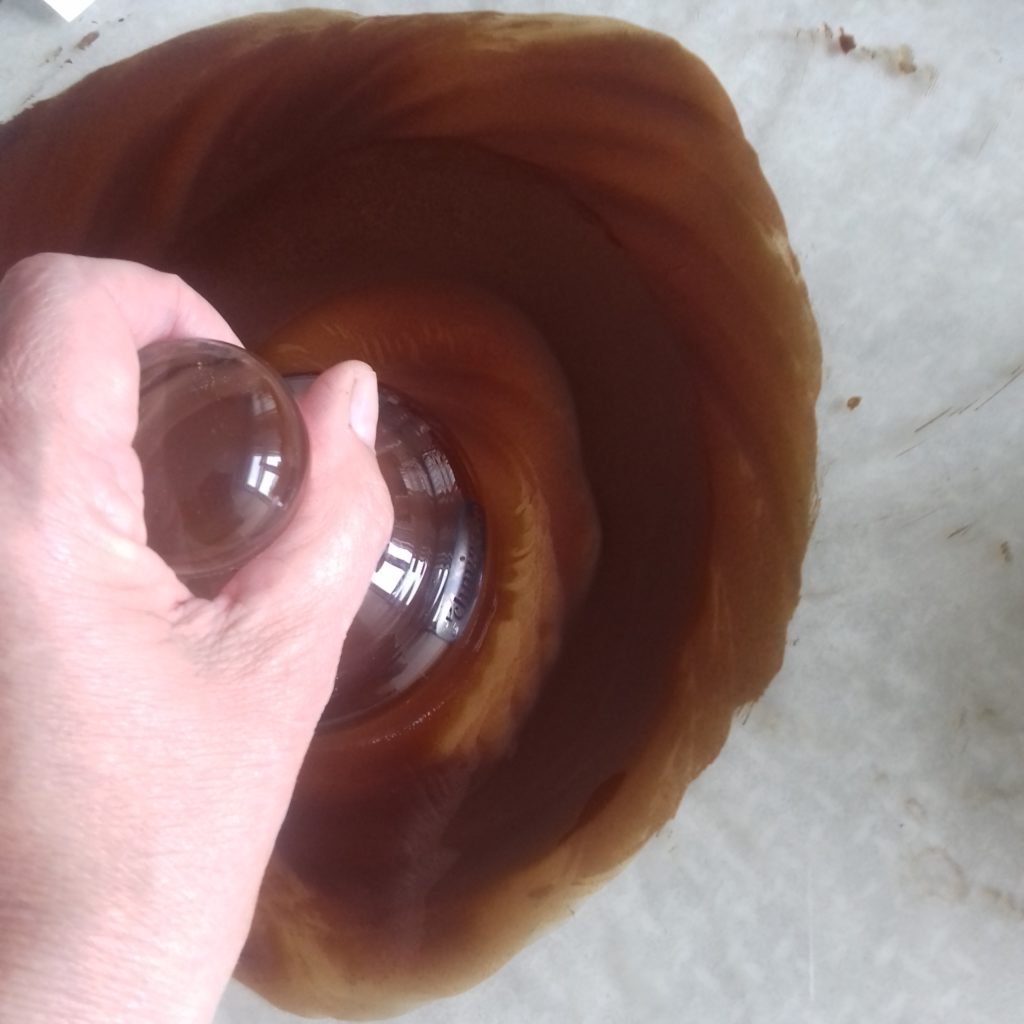
mulling hawthorn lakepigment with watercolormedium 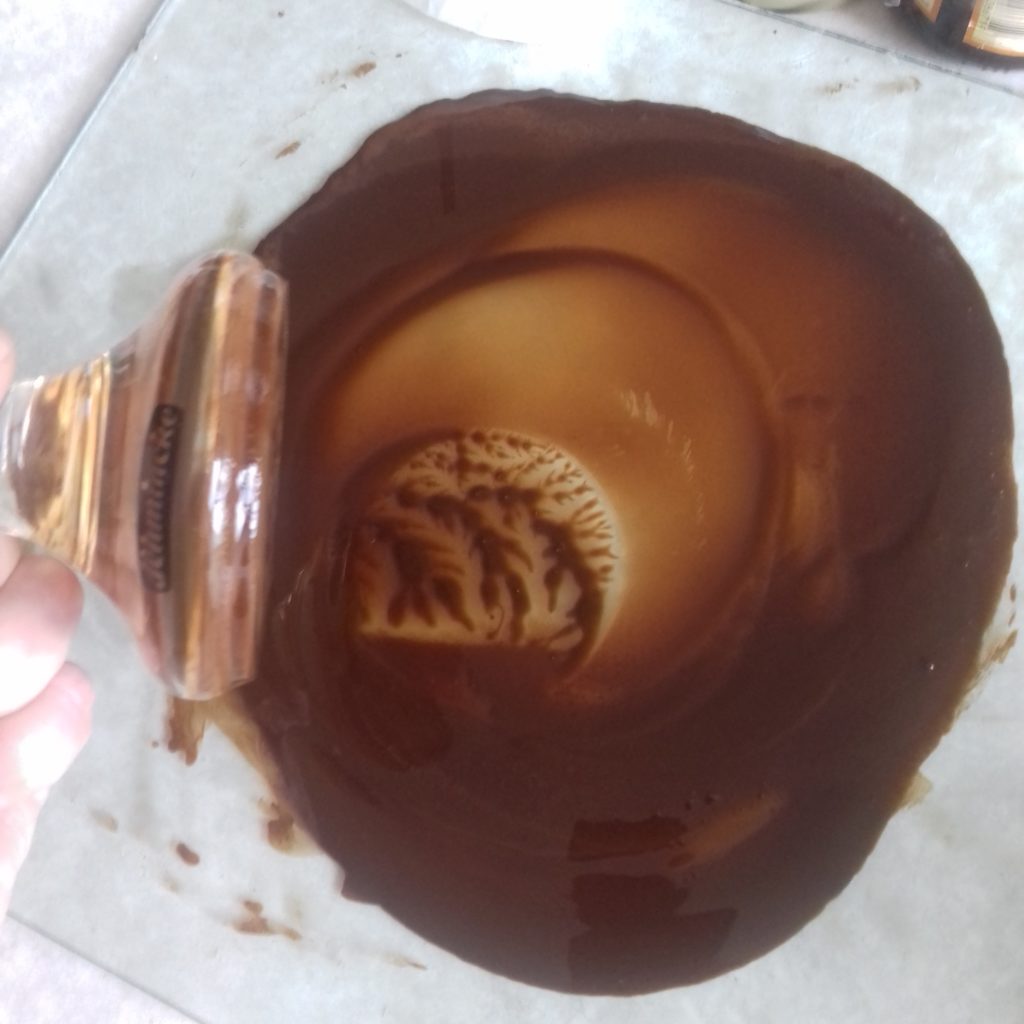
mulling.. 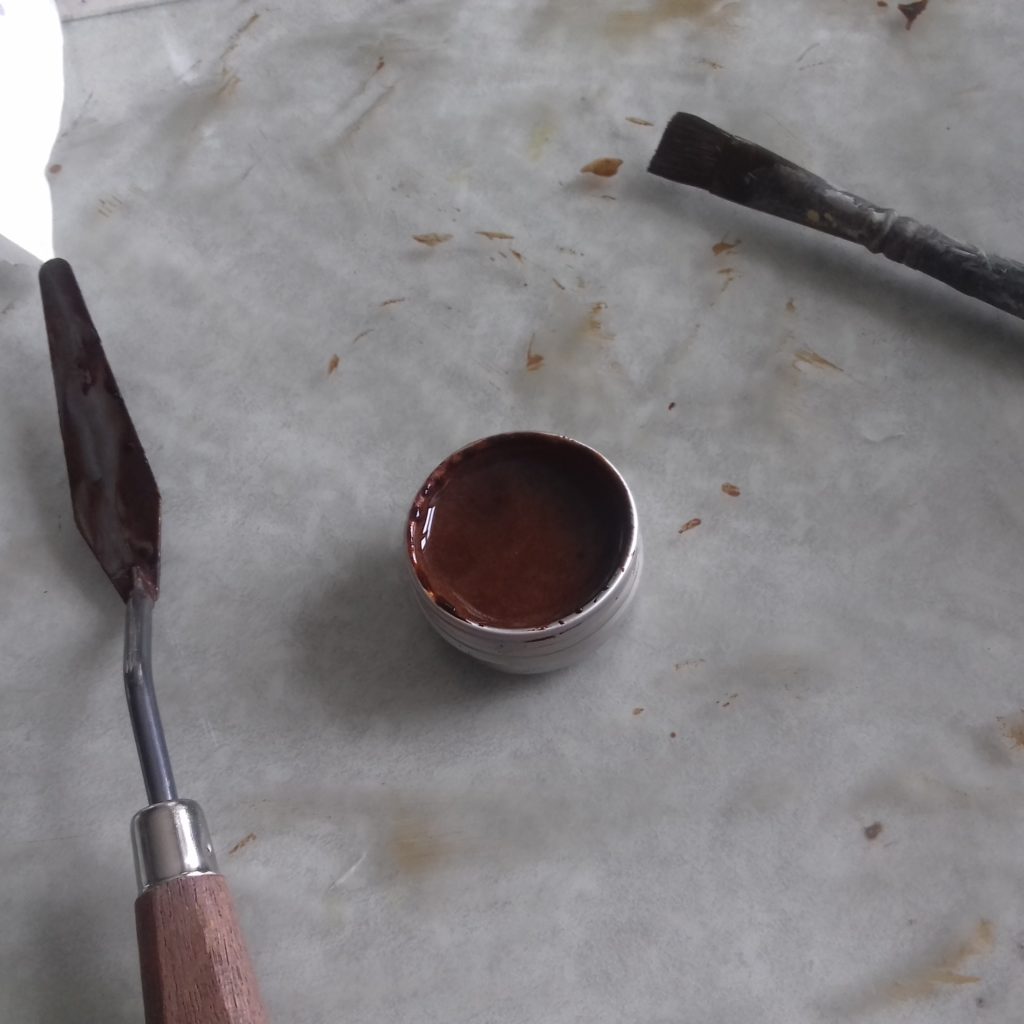
the watercolorpaint to dry in the tin
The dried lake can be made finer in a mortar, but take care to wear a mask when working with the powder. After that, the powder is mixed with a watercolor medium and mulled. I mixed my own medium following a recipe from earthpigments.com.
Below are pictures from a rock and how it turns into a paint. Rock that is not to hard can be crushed into smaller pieces and grinded. Wear safety glasses and a mask for protection of your eyes and lungs.
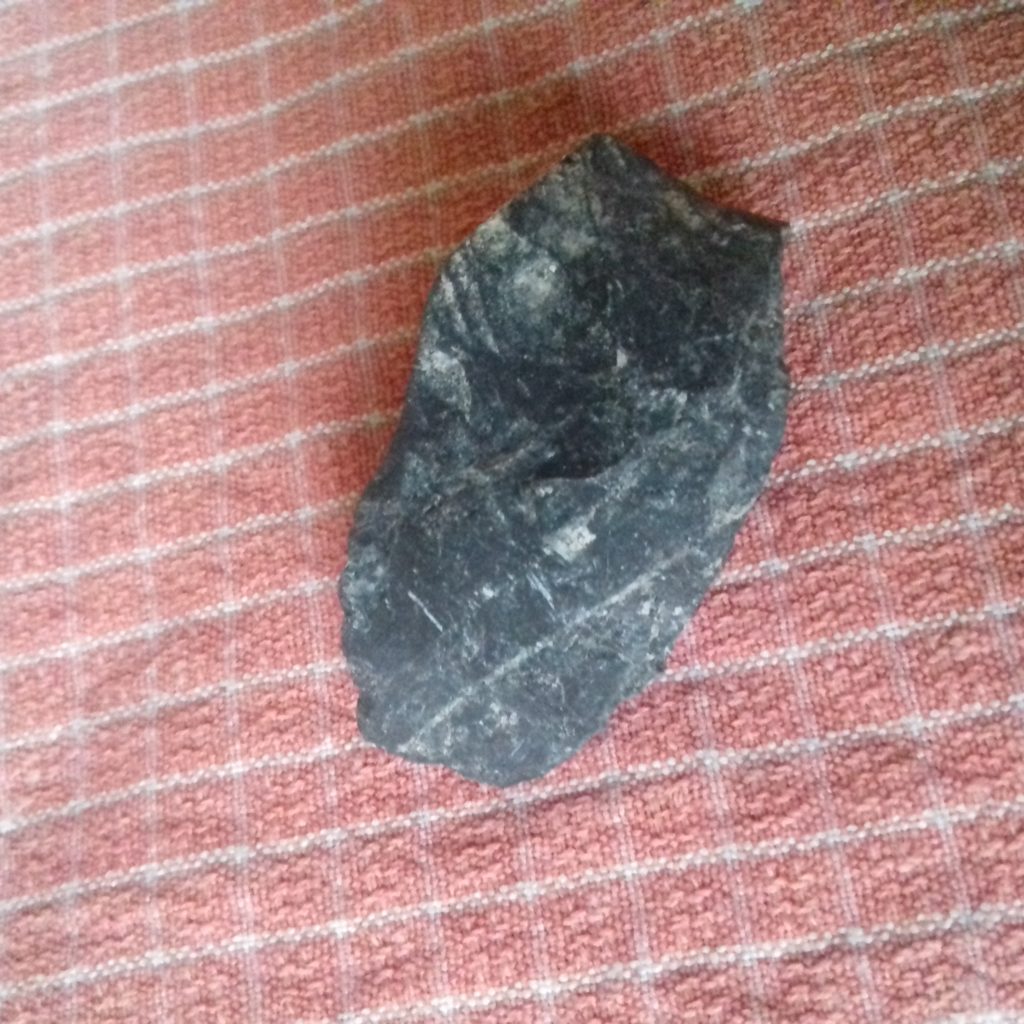
rock found in a heap of sand next to roadworks 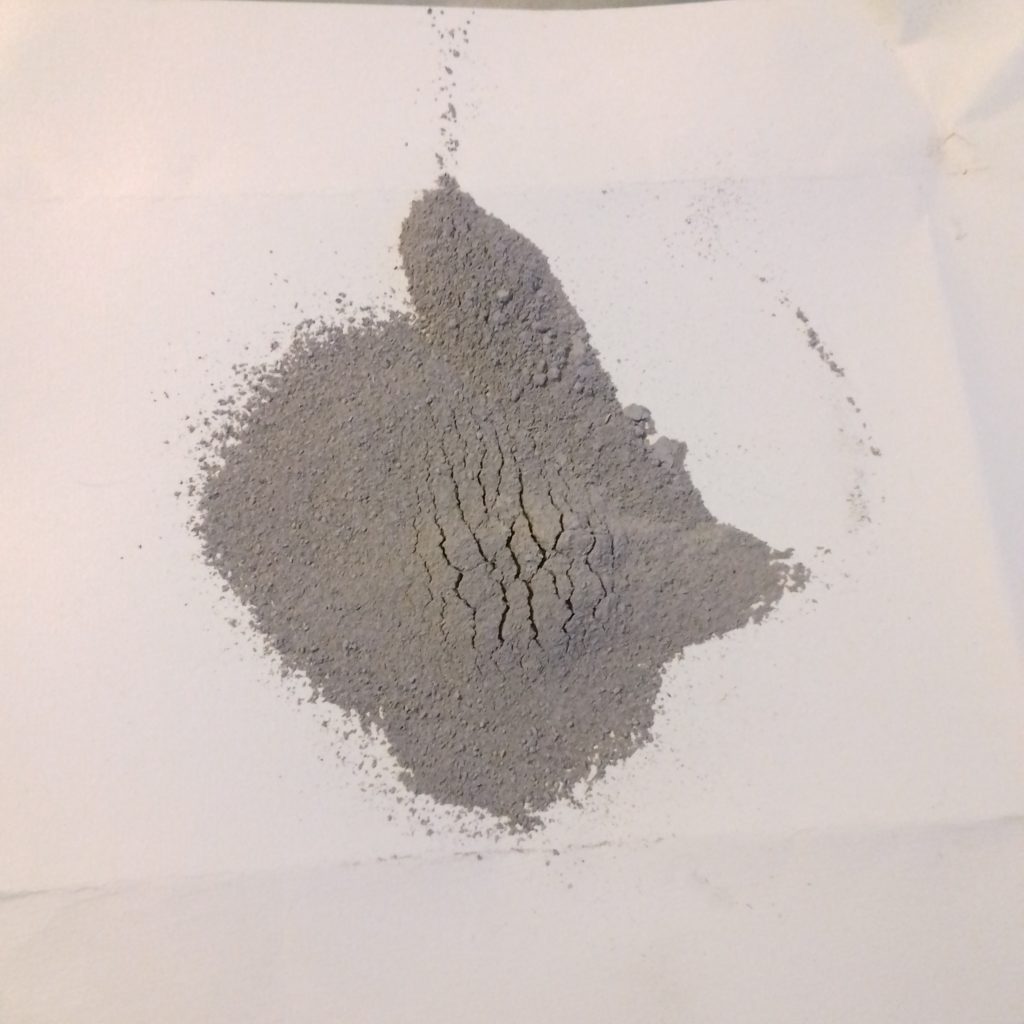
powder from the rock 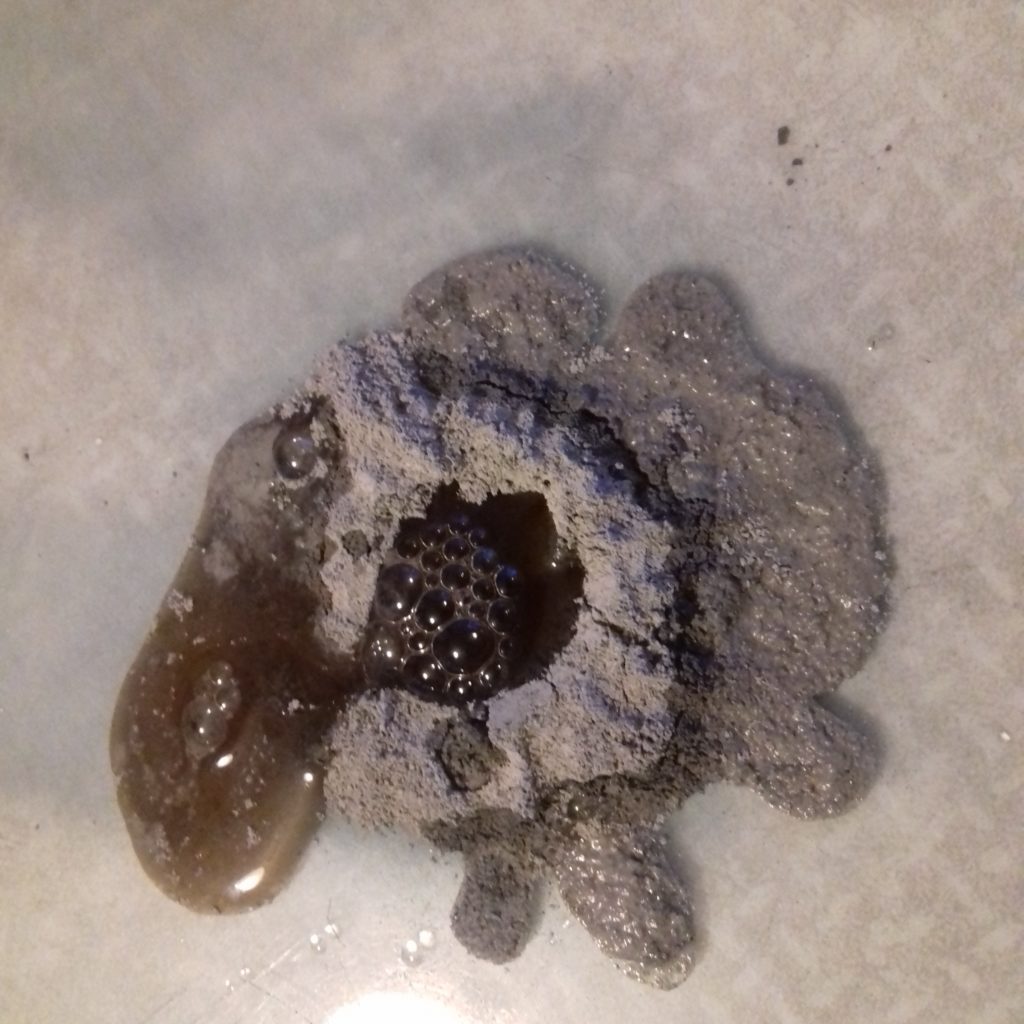
adding some water and watercolormedium 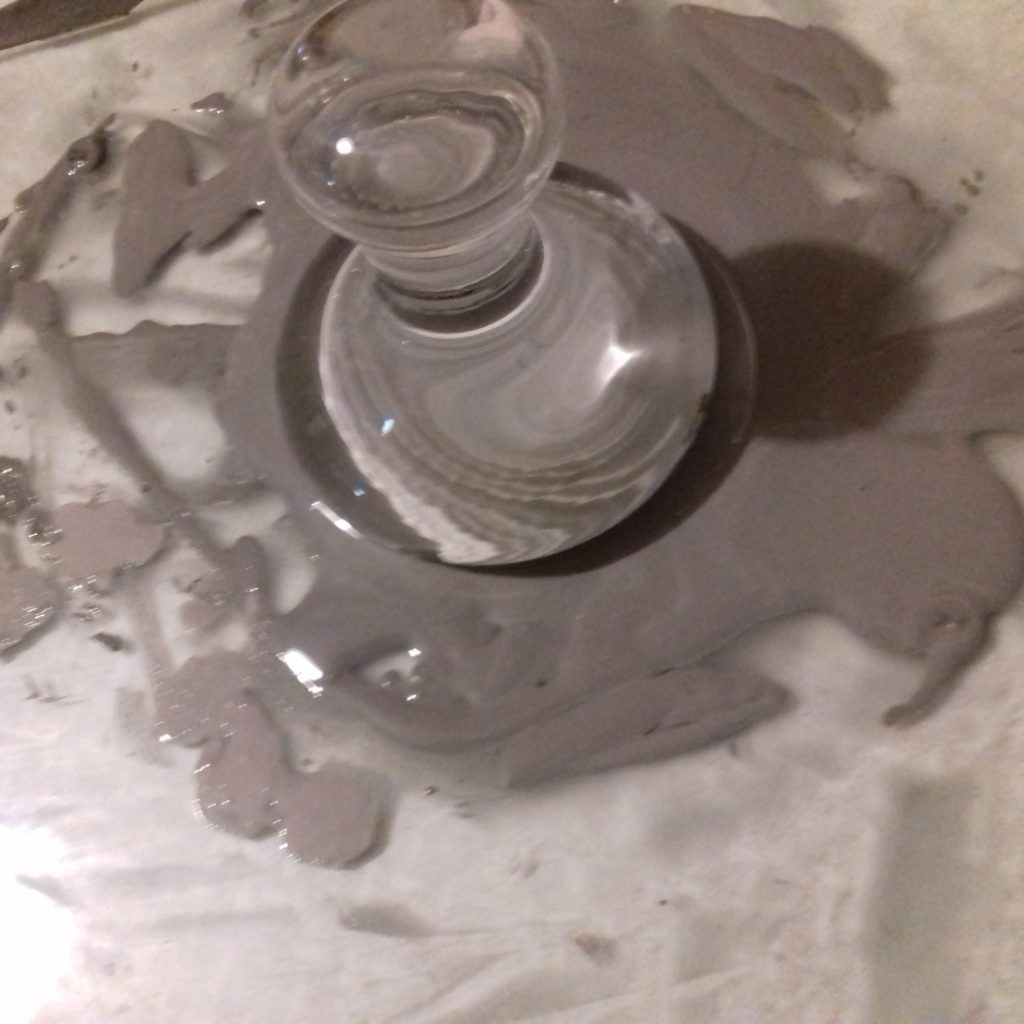
mulling 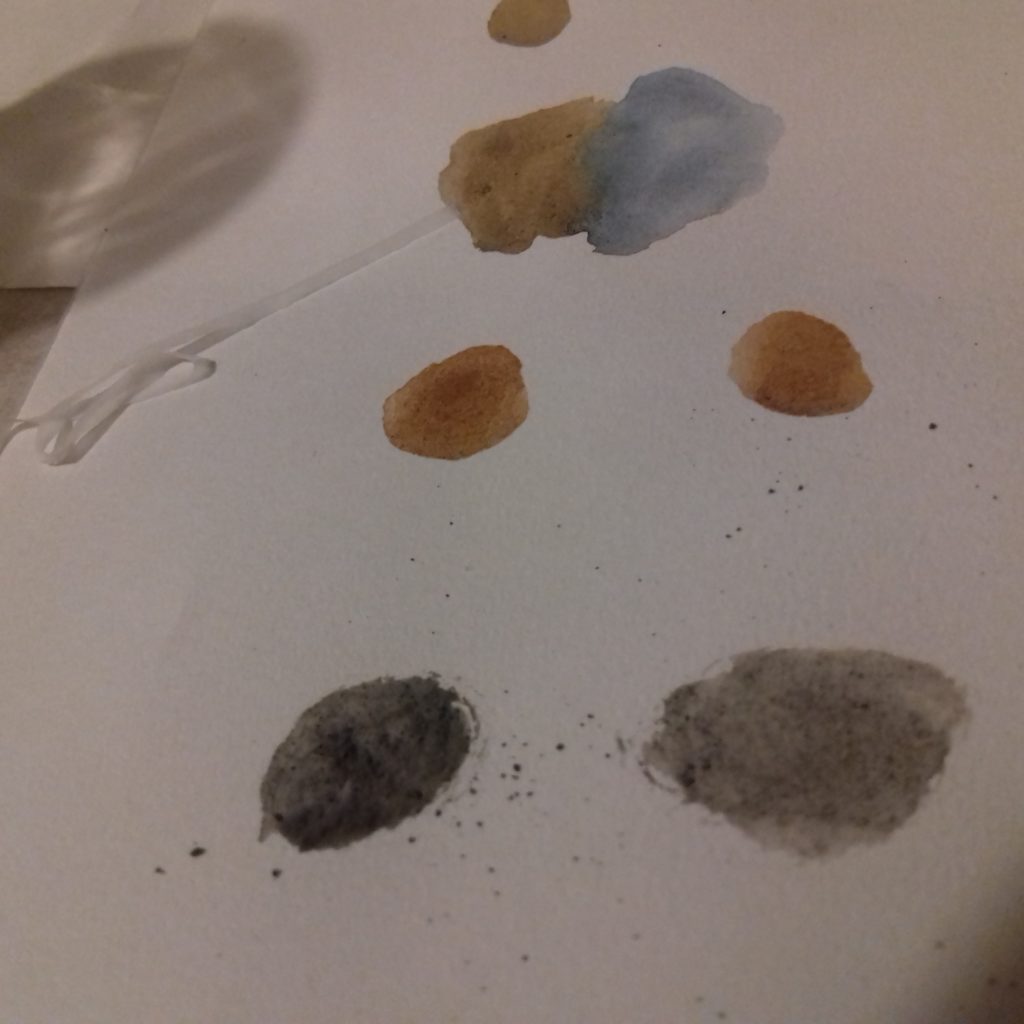
testing paint 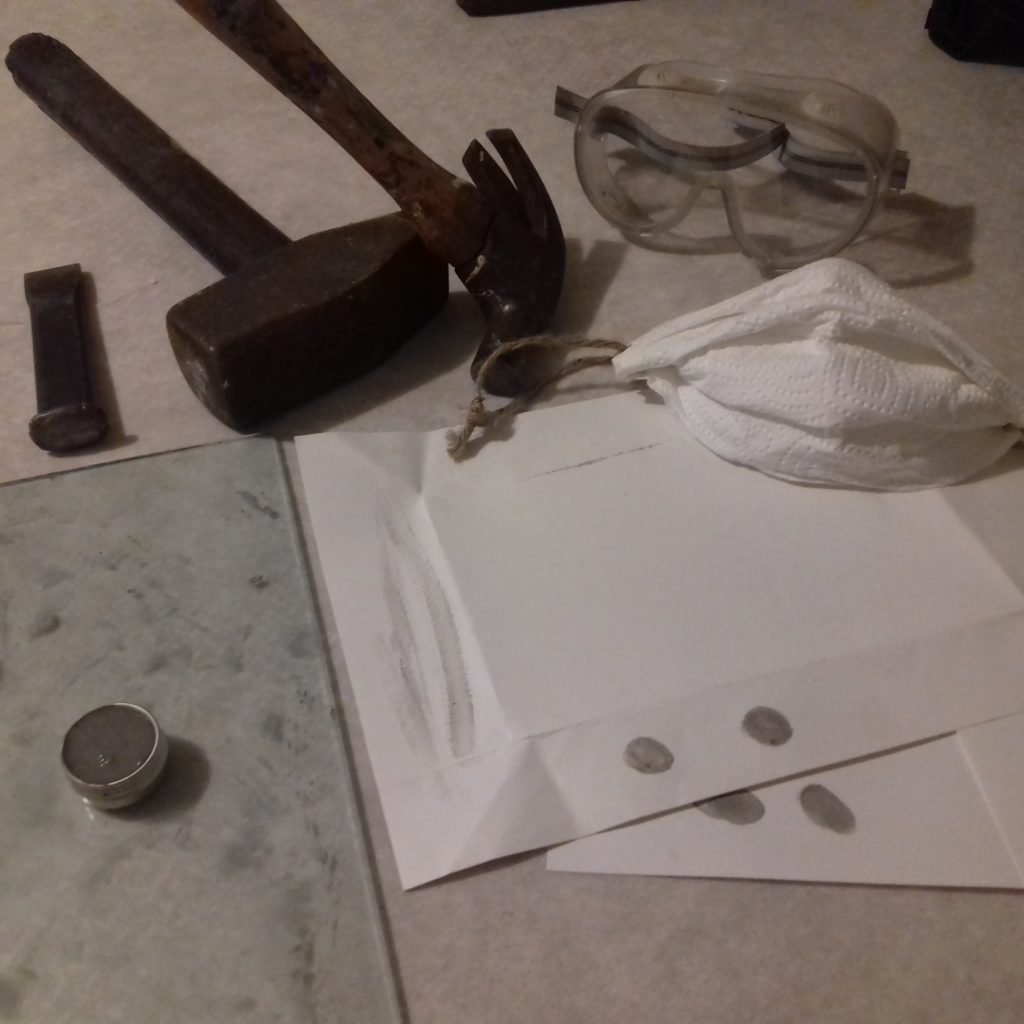
part of the equipment
Below is my palet of natural colors so far. To the left are colors from indigopigment that I extracted earlier from woadplants, color from sand, a rock, and part of a brick. To the right are lakepigments from dyer´s greenweed, weld, and the two reddish browns are from hawthorn.
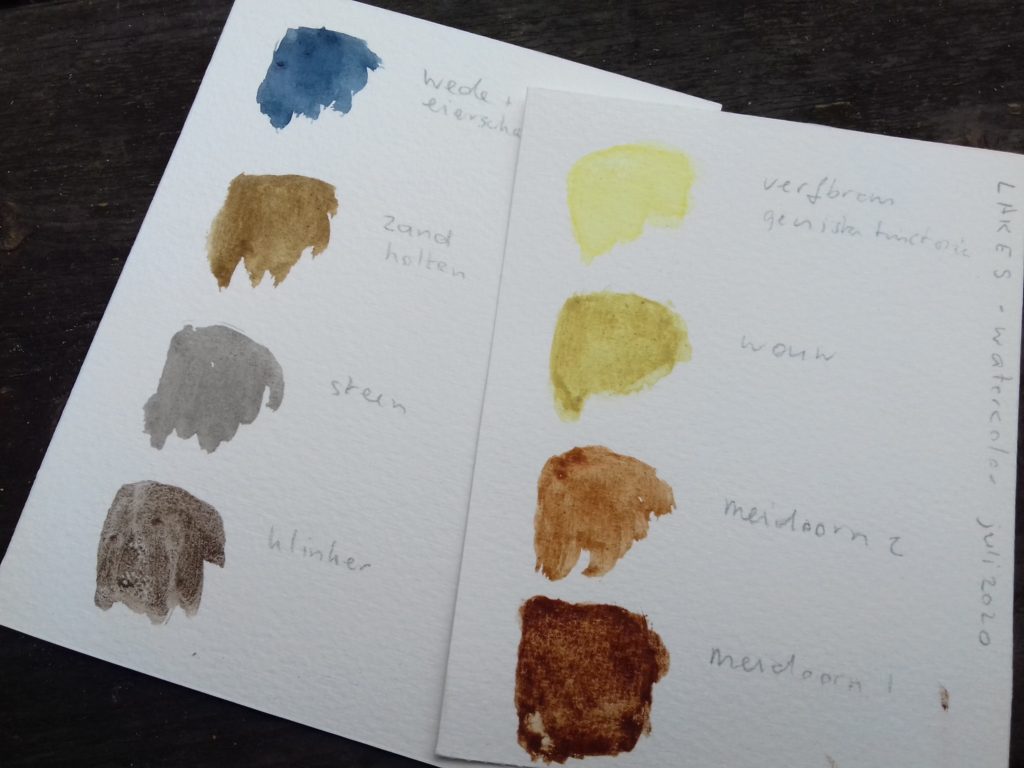
In the end I want to make small abstract watercolors, and make a booklet like I did with the avocadoink drawings. And maybe I can find a way to print with the natural pigments. Below are the first abstracts.
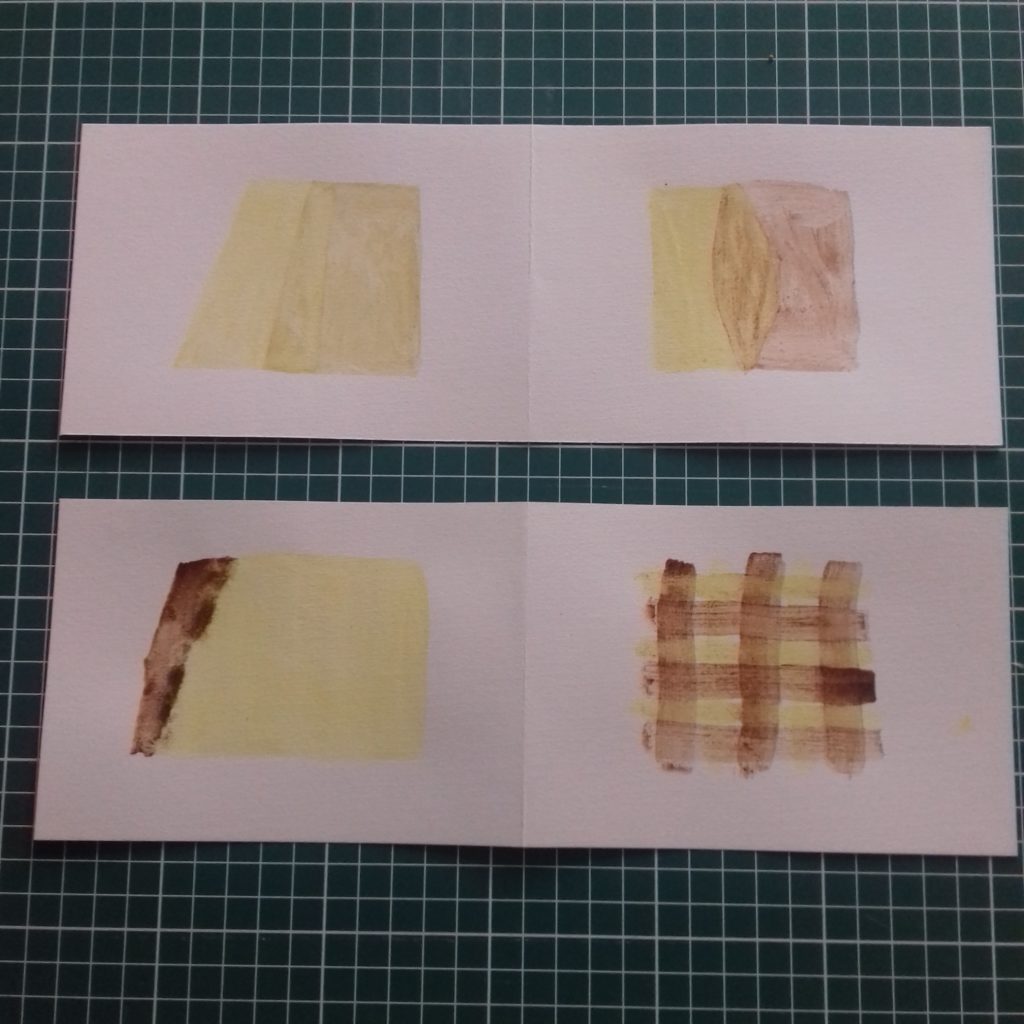
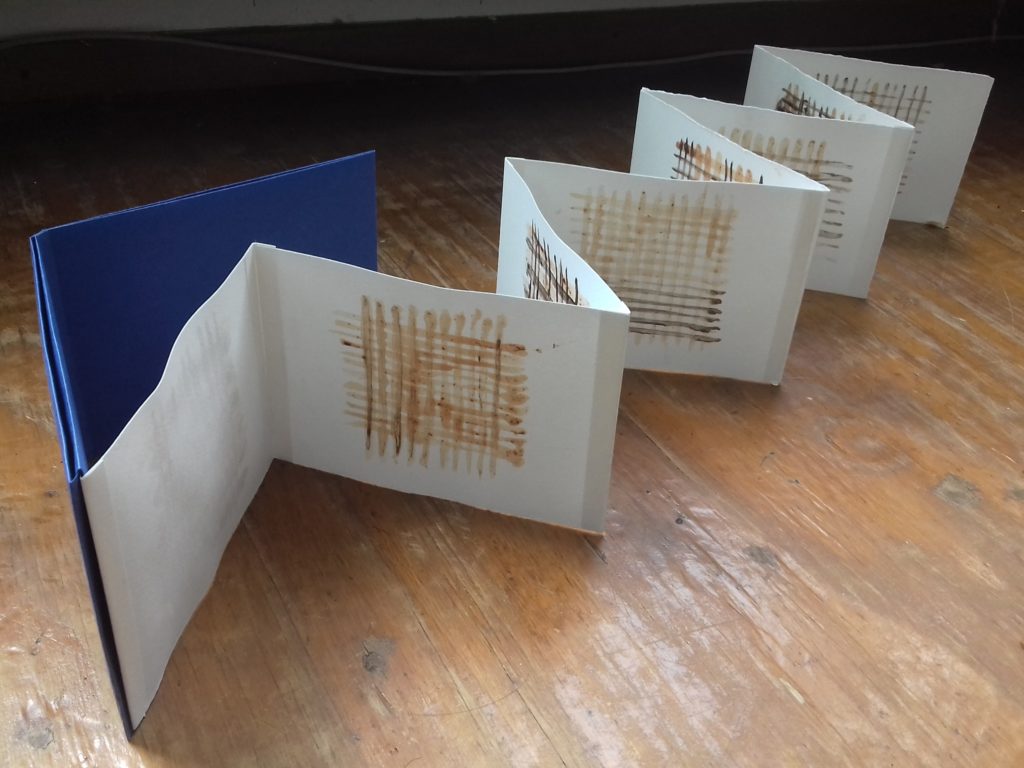
resources, books:
Earthen pigments, handgathering & using natural colors in art- by Sandy Webster
The organic artist- make your own paint, paper, pigments and more from nature – by Nick Neddo
The art and science of natural dyes – by Catherine Ellis and Joy Boutrup:
in the latter, comprehensive book is described how to make a dyebath and to make a lakepigment (and much more):
on the web:
paint recipes can be found on www.earthpigments.com
